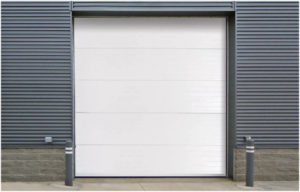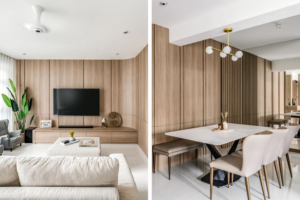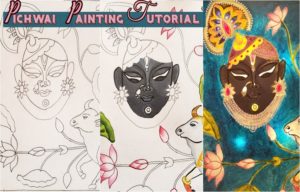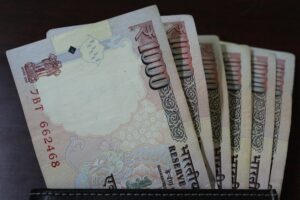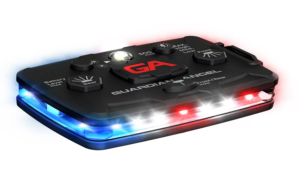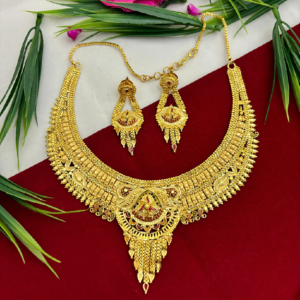Introducing the different types of cushions for your homes
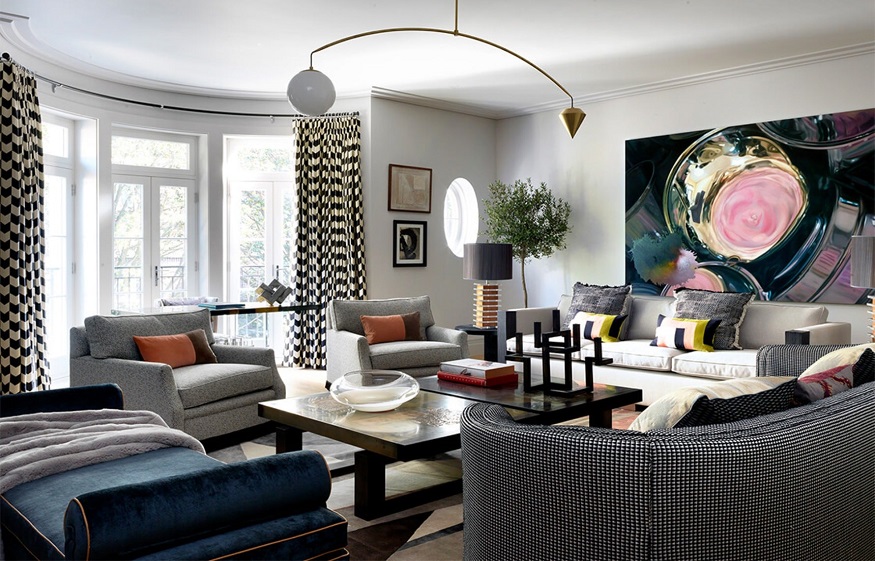
The cushion has a long and storied history. Cushions of many kinds were utilized for comfort in Mesopotamia, ancient Egypt, and Europe’s Middle Ages, and they were also a key status symbol. Cushions of all sizes, made of leather, woven textiles, and in varying degrees of extravagance are now available.
It’s critical to educate yourself with type of cushions, depending on your particular style and home décor preferences. The majority of the different type of cushions provide both utilitarian and decorative purposes, supporting the head, neck, back, or sitting on them while also adding visual flair. Continue reading to learn about the various varieties oftype of cushions that can be used to decorate your home.
1. Cushions for chair
A chair cushion is meant for seating and may be constructed of memory foam, polyester fiberfill, or another form of fiber stuffed inside fabric. A chair cushion is advantageous because it provides support for the hips and spine, improves posture and circulation, and alleviates discomfort caused by prolonged sitting on hard surfaces. The upper back, neck, and lower legs are not well supported by chair type of cushions.
2. Cushions for Bench
Indoor or outdoor seats for patios, living rooms, or vestibules can all benefit from a bench cushion. A bench cushion’s outside may be made of stain- and water-resistant fabric, and it’s frequently stuffed with batting, memory foam, or gel. Bench type of cushions provide more body support than accent pillows or cushions, but they do not provide back support.
3. Cushions for Chaises
If you have an outdoor or indoor lounge chair, a chaise cushion is a fashionable and comfy accent piece. Both the upper and lower bodies are supported by chaise type of cushions.
4.Cushions for Rocking Chairs
Installing a non-skid cushion is helpful when a rocking chair might need more cushioning. A rocking chair cushion gives an appreciated layer of comfort and support for the seat and back when rocking to and fro because most rocking chairs are robust yet built of harsh surfaces.
5. Cushions for Window Seats
A window seat cushion gives a comfortable place to relax, read a book, or take in the view while perched comfortably. Window seat type of cushions are affordable and may go with any decor. They give a small layer of padding for your seat.
6. Cushions for breakfast
It’s a little, rectangle-shaped pillow that serves as a breakfast cushion. Breakfast cushions were originally created to complement and provide decoration to a bedding set.Any rectangular throw cushion is considered a breakfast cushion at Zanui. They may or may not be placed on a bed, and they may or may not match a bedding set!
These cushions are also known as “lumbar cushions” because they provide support to the lower back (lumbar area) while reclining in bed or seated while reclining.Breakfast cushions, like its square scatter cushion counterparts, are available in a wide choice of patterns, textures, and designs to complement any decor style.
7. Wicker Patio Cushions
A cushion designed for outdoor use will have a cover that is at least partially resistant to the elements. If kept outside exposed to the weather for too long, certain materials will rot.
UV and water resistance properties in good outdoor cushions help to avoid color fading and damage, allowing you to enjoy their beauty for longer!Even with these advantages, it’s always better to bring outdoor cushions inside or at the very least to cover them during periods of more severe weather.
Indoor cushions may include hand-stitched details or textural woven loops, but outdoor cushions may not have as much adornment. These types of features are frequently too delicate to be used outdoors. As a result, most outdoor cushions have a simple but elegant appearance.
8. Throw Pillow For The Floor
Floor cushions are normally 60–80cm wide or larger than regular cushions.
A decorative throw pillow will not be able to resist as much wear and tear as a quality floor cushion. Some may even have a somewhat more gripped underside to prevent slipping on the floor. Floor type of cushions are ideal for enjoying a lovely and casual indoor brunch with friends around a low table, playing party games with the kids, meditation, and a variety of other activities.
Aren’t cushions fantastic? They’re a simple way to add a pop of color and comfort to your sofa or favorite armchair without breaking the bank. Cushions come in a variety of forms, colors, textures, materials, and patterns, so you’re sure to find one (or several!) that fits your style.

